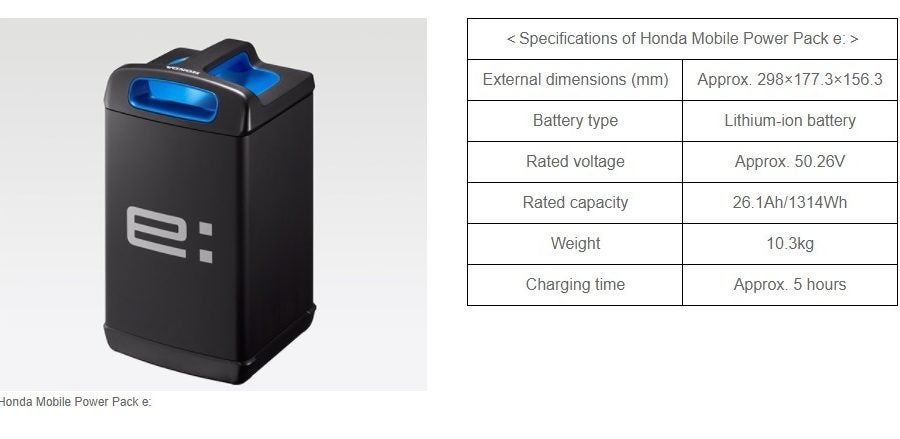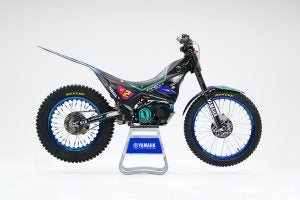Whether or not we are ready, or our public electrical infrastructure is ready, we are moving rapidly towards adopting EVs, and for motorcyclists, that means one thing: Battery technology has to improve quickly. Thankfully, that seems to be the case, with the Swappable Batteries Motorcycle Consortium now listing more than 20 companies or groups within its ranks, all working towards developing batteries to suit electric motorcycles. And, they’re inviting more groups and companies to join them.
Why swappable batteries?
The most important part of this project is a focus on batteries that can be quickly removed and replaced with a fully-charged unit. Many EV insiders, particularly the bigwigs at Honda (see the title image for proof!), feel this is the best way to compensate for electric motorcycles’ otherwise-slow recharge times. Now, you pull into a gas station and re-fill your gas tank. With a swappable battery in the future, you can pull into a service depot and trade batteries instead.
That’s where some partners like Swobbee, HYBA and Ciklo come in. While the four core members of the consortium (KTM, Yamaha, Piaggio Group, Honda) are focused on getting the hardware and software problems sorted out, other companies involved are contributing knowledge of existing quick-swap business models.
Who’s on board?
In total, the consortium includes Honda, Piaggio Group, KTM, Honda, HYBA, Ciklo, Swobbee, Polaris, FIVE, Forsee Power, ROKI, Samsung SDI, Hioki, VeNetWork, SINBON, Vitesco, AVL, Kawasaki, Suzuki, Kymco, AVL and Sumitomo. Every one of those parties has a different level of involvement, and different areas of responsibilities (see the list here). Some are assisting the Big Four core members with their development of the actual vehicles; others are hammering out the details how distribution will actually work.
There are other things to sort out as well—such as, how to convince riders to go electric? The Consortium also plans to address the public’s perception of battery bikes, to hasten adoption.
For a more detailed breakdown of the group’s planned work, see here. The immediate goal is to develop swappable batteries meeting the following criteria:
• Suitable for different vehicle categories and usages L1e-B, L2e, L3e-A1/A2, L5e, L6e, L7e
• Drivetrain power Up to 11kW nominal (~20kWp)
• Voltage range Low voltage vehicles (48V)
• Usage range Commuting, sport, light off-road use; Worldwide usage
• Portable battery Weight below 12 kg, battery energy up to 2 kW/h
• Battery safety Battery within voltage Class A limits: Not considered ‘dangerous goods’ while maintaining cost efficiency
• Multiple batteries Vehicle usage with single or multiple battery connection possible, max 2 in serial and max 8 in parallel configuration.
It’s an ambitious undertaking, but if we are indeed going to shift to electric vehicles, then again—this is the kind of effort needed. Some of the companies named here are unknown to most readers and riders, but others (Samsung?) are massive, bigger than even most of the moto companies we know. In other words: This is a project that is going to get things done.







